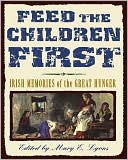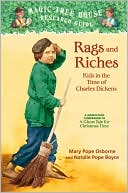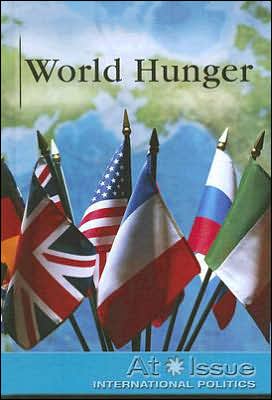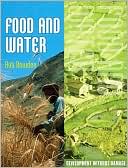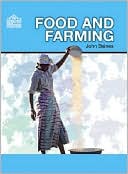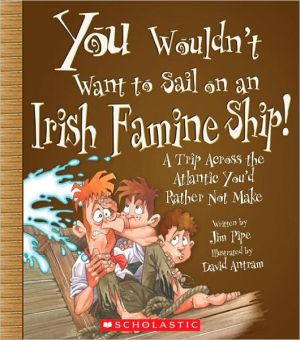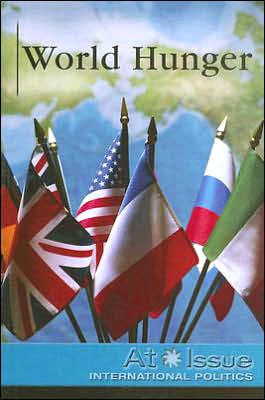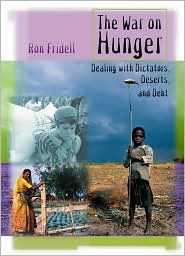Feed the Children First: Irish Memories of the Great Hunger
Search in google:
The great Irish potato famine -- the Great Hunger -- was one of the worst disasters of the nineteenth century. Within seven years of the onset of a fungus that wiped out Ireland's staple potato crop, more than a quarter of the country's eight million people had either starved to death, died of disease, or emigrated to other lands. Photographs have documented the horrors of other cataclysmic times in history -- slavery and the Holocaust -- but there are no known photographs whatsoever of the Great Hunger.In Feed the Children First, Mary E. Lyons combines first-person accounts of those who remembered the Great Hunger with artwork that evokes the times and places and voices themselves. The result is a close-up look at incredible suffering, but also a celebration of joy the Irish took in stories and music and helping one another -- all factors that helped them endure.Publishers WeeklyIn this somber anecdotal account, of likeliest interest to students, Lyons (Letters from a Slave Girl: The Story of Harriet Jacobs) compiles quotations from Irish citizens on the devastating effects of the potato famine that ravaged Ireland between 1845 and 1852; during those years more than one-quarter of the population either died of starvation or disease, or emigrated, primarily to the U.S. Lyons explains that many of the reminiscences here are abridged from those collected in a book published in Ireland in 1995, which itself drew from the Irish Folklore Commission's efforts in the 1940s to collect stories about the Great Hunger. Given this time frame, some of these observations are first-hand, yet a significant number offer a more remote voice (e.g., "My grandmother told me of her experience when a girl of seventeen in those awful days"). Though the speakers describe affecting, even heartbreaking scenes, many entries use language that, however authentic, young readers are not likely to find compelling: "They lived from hand to mouth. Any failure in the crops meant great privation. Generally there was no money laid by." Period drawings, paintings and a handful of photos serve as illustrations. Ages 9-12. (Feb.) Copyright 2001 Cahners Business Information.
The Great Hunger: 1845-18527The People10The Houses and the Land13Potatoes and the Blight16Searching for Food18Starvation22Fever25The Poorhouse27Soup Kitchens29Relief Works30Eviction32Emigration and the Ships34Those Who Stayed38One Who Left43A Note to the Reader44Acknowledgments46Bibliography48
